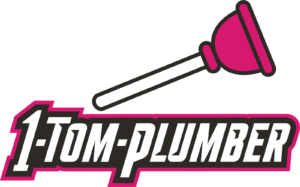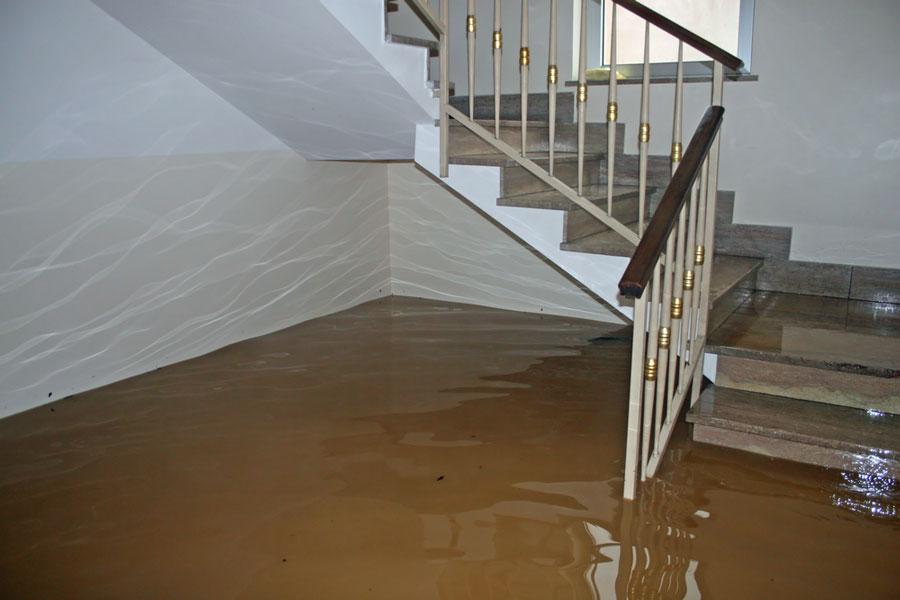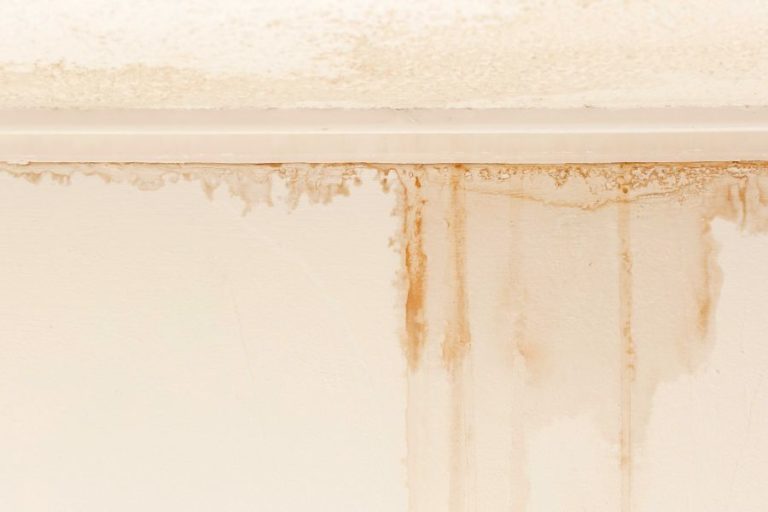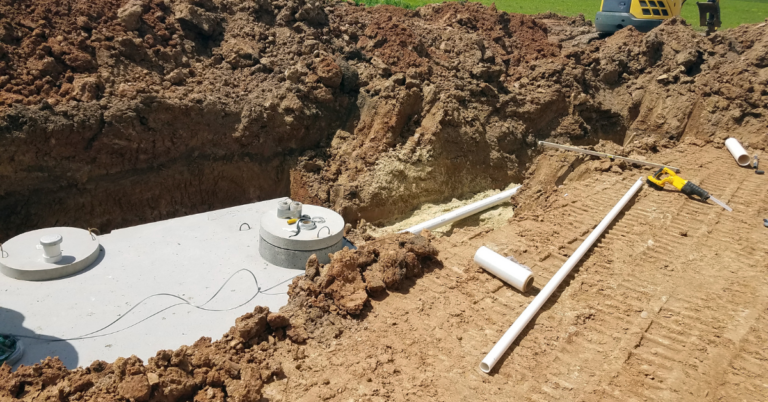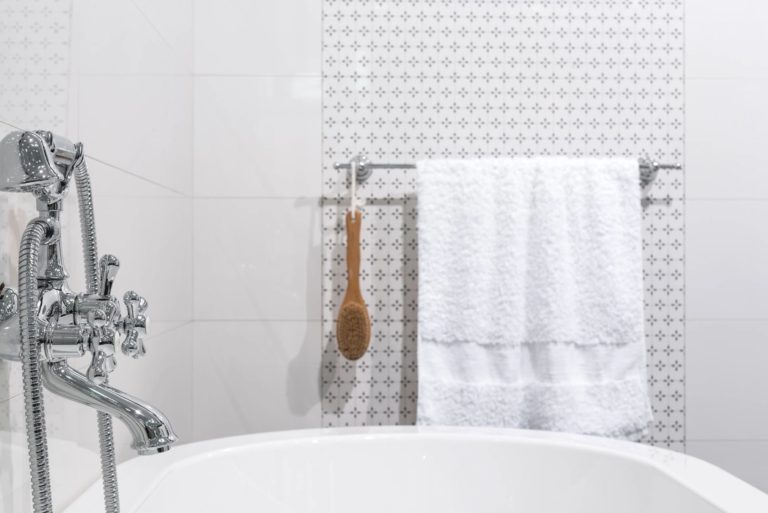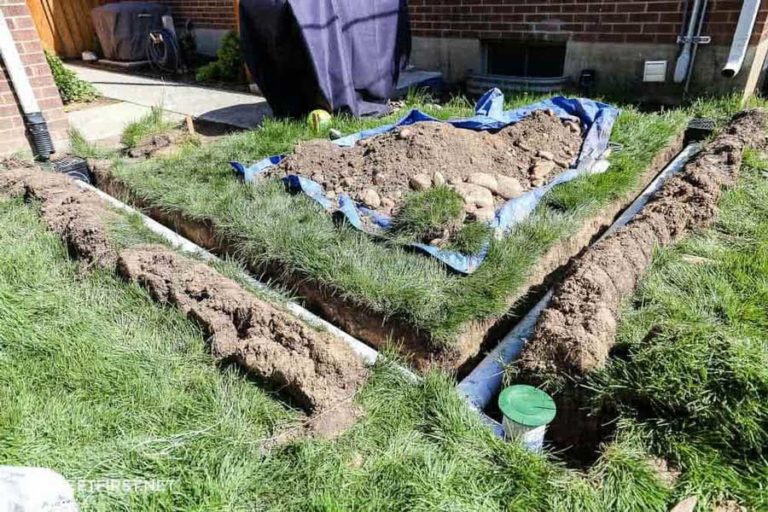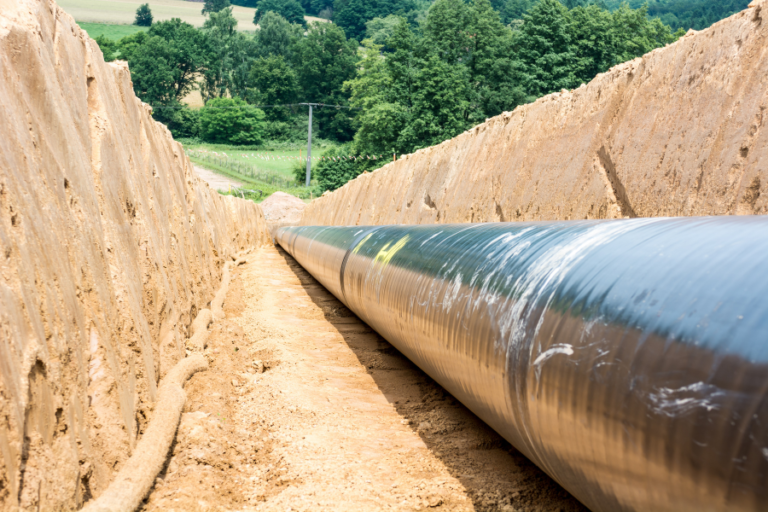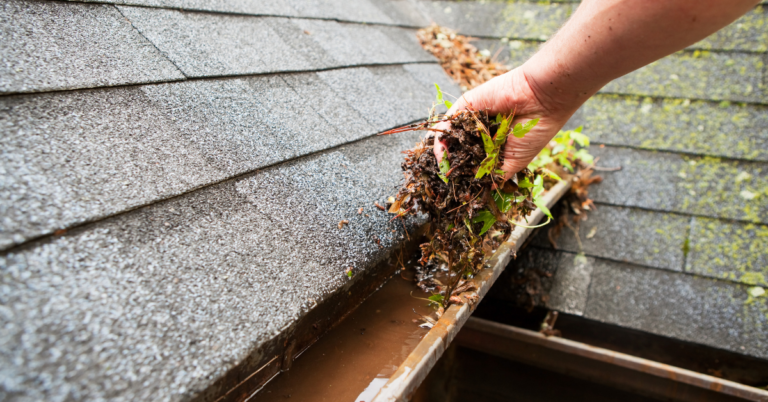How to Minimize Flood Damage (if a Leak Floods Your Home)
In a recent article, we outlined steps for preventing water damage. But do you know how to minimize flood damage from a leak that’s already happened?
Here’s what you need to know and do to put an immediate stop to any further damage.
How to Minimize Flood Damage
Often, the first sign of a leaking pipe will be a spreading stain on a wall or ceiling or a puddle on the floor.
Most leaks occur in the bathroom and basement due to faulty toilets, tubs, water heaters, and appliances. But burst pipes from freezing or pipes that leak from age and corrosion are also quite common. Regardless of where the problem occurs, here’s how to minimize the water damage that results.
- Your first and most important action is to turn off the water supply at the main water shutoff valve (located next to your water meter, usually near a wall closest to the front street).
- If leaking pipes are concealed (such as above the ceiling or behind a wall) and a water stain is visible, place a waterproof drop cloth on the floor. Position a bucket or catch basin under the wet area.
- If water is leaking from a ceiling light fixture, shut off the electricity and drain the fixture by removing its cover. Poke a hole through the ceiling or remove a section of it to let any remain water drain out (stand out of the way, of course).
- During a plumbing freeze-up, take precautions against any leaks until you can be certain the pipes have suffered no damage. Since the leaks will be frozen until the pipes thaw, waterproof the suspected area with plastic drop cloths like those used by painters.
- If you spot a crack in a frozen pipe, put a clamp on it. And be ready with a few extra pots or buckets in case undetected leaks reveal themselves.
- If you arrive on the scene too late to avert flooding, you can still construct a makeshift dam from sandbags or rolled up rugs (or towels) to prevent the damage from spreading further.
- Call an emergency plumber immediately. A true emergency plumber will get to you within the hour (most plumbers take calls 24/7 but aren’t actually available to help until you schedule a time with them). An emergency plumber will immediately diagnose and fix the leak. They will also have the resources to help you restore your home to what it once was.
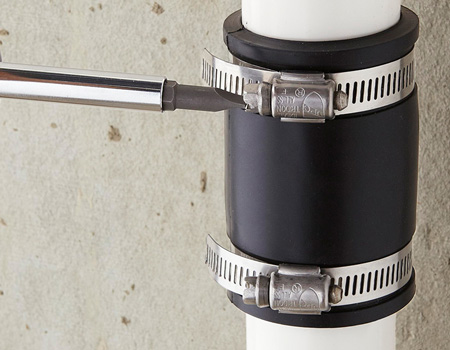
How Not to Minimize Flood Damage
- Do not try to diagnose where the leak is coming from or repair the problem before shutting off the water at the main shutoff valve. It’s the biggest mistake you can make in this situation. Why? Because while you’re trying to diagnose and repair problem, the leak is continuing to cause more flooding. More flooding means more water damage. And more water damage means more costly expenses.
- Unless the flooding is extremely minor, do not be fooled into attempting any DIY repairs. For example, most DIY tips for these situations will tell you to poke a hole in the ceiling where the water is leaking (or causing a sag). Or they’ll recommend renting a sump pump or ShopVac for a flooded basement floor. These kind of home remedies are not up to the task of solving most home flooding. The mold and hidden damage caused by severe leaks are devastating and require professional water damage restoration to make you whole.
- Don’t let the worry of how to pay for water damage cause you to handle it with a DIY solution. It’s rare that a homeowner’s policy won’t cover typical water damage. So, you probably won’t pay out of pocket for professionals to help you out.
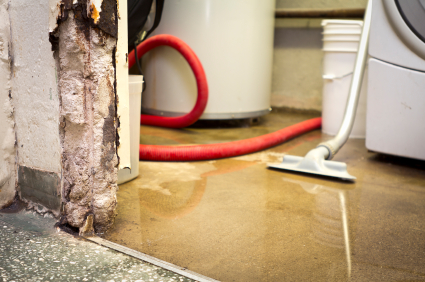
Final Thoughts
The two most important things to know about how to minimize flood damage are these:
- Immediately shut off the water supply.
- Call a professional to make any repairs and restoration.
Too often, we come into situations too late. The homeowner tried to find and fix the problem before minimizing it. Or the homeowner believed the many DIY articles that told them they could dry out, sanitize, and repair the water (and mold) damage without the use of professional techniques.
Sure, if the water leak is minor (no more than a puddle), then go for it. Otherwise, stop the flow of water immediately and call the pros.
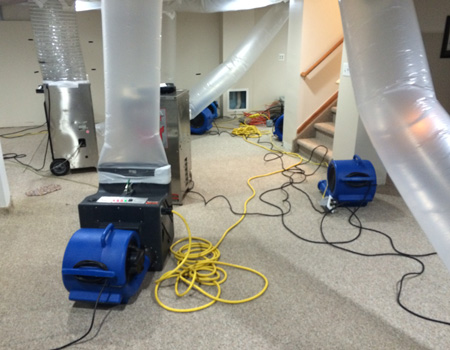
Related Resources
- Prevent water damage to your home
- Where is my main water shut off valve?
- Common causes of water damage in the home
- Does homeowner’s insurance cover water damage?
- How to deal with minor water damage
- How to fix minor water damage on baseboards
- What causes basement flooding?
- Toilet failure is a leading cause of water damage
- Foundation water damage: signs, causes, prevention
- Water damage services
Call 1-Tom-Plumber
Contact us here or call us at 1-Tom-Plumber (1-866-758-6237) immediately if you have a leak or flood that is causing water damage.
1-Tom-Plumber’s certified team of plumbers and drain technicians respond immediately to any emergency plumbing, drain cleaning, or water damage problem. We also handle the excavation of underground water lines and sewer main lines. Our immediate-response team is available every day and night of the year, even on holidays.
